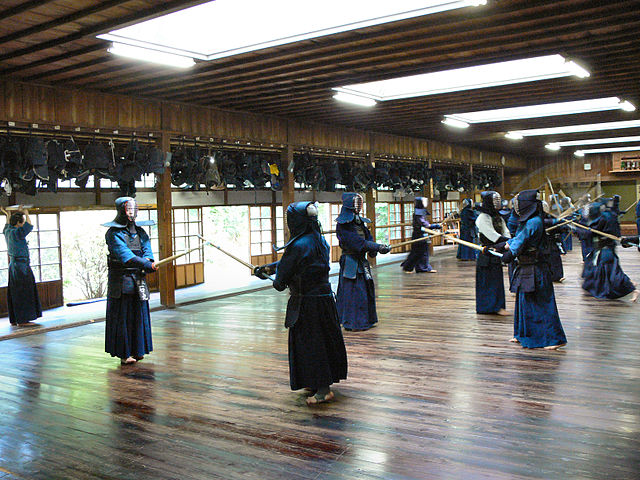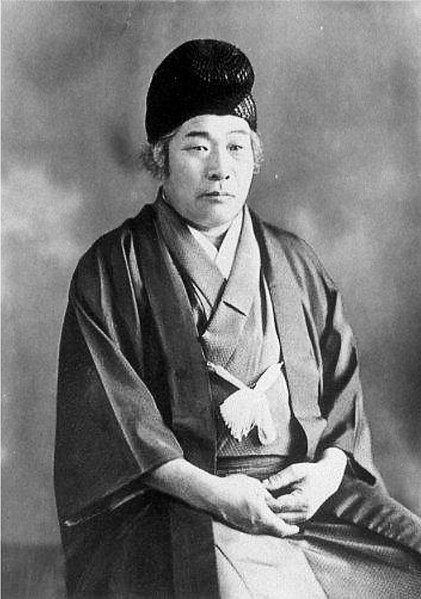A dōjō is a hall or place for immersive learning, experiential learning, or meditation. This is traditionally in the field of martial arts, but has been seen increasingly in other fields, such as meditation and software development. The term literally means "place of the Way" in Japanese.
The Ikenobō dōjō (right) next to Rokkaku-dō, Kyoto
A kendō dōjō, Tokyo
Traditional Dojo – Shurei no yakata, Karate Kaikan – in Tomigusuku near Naha, Okinawa Prefecture, Japan
Sōtō Zen Dojo of La Gendronniére near Blois (France)
Aikido is a modern Japanese martial art that is split into many different styles, including Iwama Ryu, Iwama Shin Shin Aiki Shuren Kai, Shodokan Aikido, Yoshinkan, Renshinkai, Aikikai and Ki Aikido. Aikido is now practiced in around 140 countries. It was originally developed by Morihei Ueshiba, as a synthesis of his martial studies, philosophy and religious beliefs. Ueshiba's goal was to create an art that practitioners could use to defend themselves while also protecting their attackers from injury. Aikido is often translated as "the way of unifying (with) life energy" or as "the way of harmonious spirit". According to the founder's philosophy, the primary goal in the practice of aikido is to overcome oneself instead of cultivating violence or aggressiveness. Morihei Ueshiba used the phrase masakatsu agatsu katsuhayabi" to refer to this principle.
A version of the "four-direction throw" (shihōnage) with standing attacker (uke) and seated defender (Tori)
Ueshiba in Tokyo in 1939
Takeda Sōkaku
Onisaburo Deguchi








